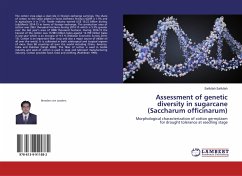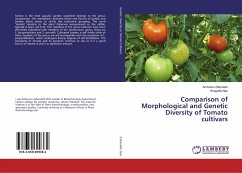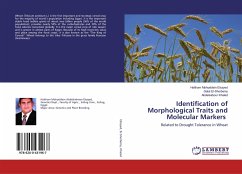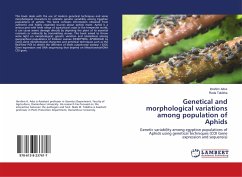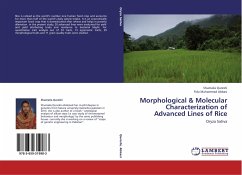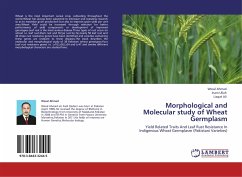
Morphological and genetic diversity of B. distachyon complex in Tunisia
Versandkostenfrei!
Versandfertig in 6-10 Tagen
24,99 €
inkl. MwSt.

PAYBACK Punkte
12 °P sammeln!
Brachypodium species are characterized by high levels of genetic variation and frequent hybridization. In this study, designed to assess the genetic variation of the B. distachyon complex in Tunisia, 180 Brachypodium accessions collected from different regions were analyzed by 18 morphological traits and 15 SSR markers. A high morphological variation was revealed for the majority of analyzed traits. Significant morphological overlap was revealed between the three species in the majority of analyzed traits indicating their great phenotypic similarity. The majority of traits displayed a high her...
Brachypodium species are characterized by high levels of genetic variation and frequent hybridization. In this study, designed to assess the genetic variation of the B. distachyon complex in Tunisia, 180 Brachypodium accessions collected from different regions were analyzed by 18 morphological traits and 15 SSR markers. A high morphological variation was revealed for the majority of analyzed traits. Significant morphological overlap was revealed between the three species in the majority of analyzed traits indicating their great phenotypic similarity. The majority of traits displayed a high heritability levels with an average of 0.62 for all traits which indicate their usefulness for any breeding program. At the molecular level, the 15 SSR marker were found to be very informative in terms of polymorphism and allelic diversity (P = 100%, Na = 20.3 and Ne = 10.8). B. hybridum was found to be much variable than B. stacei and B. distachyon (He = 0.86, He = 0.78 and He = 0.58, respectively). FCA and Bayesian clustering showed a clear separation between the three species, whereas the UPGMA clustering separated B. distachyon from those of B. stacei and B. hybridum.



